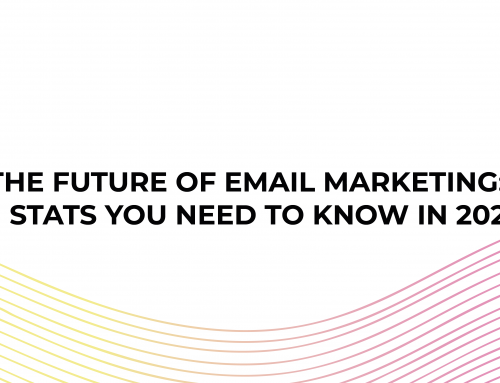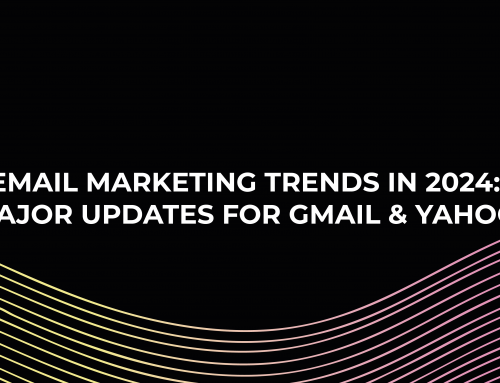Cold emailing has been around since the internet’s inception. Cold emailing is responsible for developing multimillion-dollar corporations, at least in the early stages. Regardless of the size of your company, cold emailing is a proven approach for increasing sales leads and expanding your network.
Sending an email to your prospects or another firm may be intimidating, particularly for small businesses. It might be nerve-racking not knowing if the other person or firm would evaluate your expertise and solutions or delete your email. In fact, the only way to get comfortable with cold emailing is to do it.
Let’s see how!
Email is old yet still gold.
Email is less popular than social media services. However, in the backdrop, it is not only active but also flourishing and evolving every day.
With a success rate of roughly 89 per cent, email remains one of the most successful lead-generation technologies available. Email is an excellent medium for all organisations since it is inexpensive, scalable, and effective. These benefits are magnified in the case of small firms.
In this article, we’ll talk about how cold emails operate and how they may help your small company develop rapidly and efficiently.
What Is Cold Emailing?
Cold emailing involves contacting someone you don’t know and asking them to do something for you. Typically, that something is a purchase of your product or service. It is often referred to as “sending mail to strangers.”
Tip: Remember to employ every word to allow your email signature to speak for itself.
Cold Emailing Strategy Steps You Should Know
Writing an effective cold email is a skill. The main components of cold emailing are finding actual person data, adding them to an email list, composing an engaging subject line, and selecting the best smart calls to action (CTA) button. With our many ideas and email standards, you may succeed in your cold email campaign.
Create an email list.
It goes without saying that you need individuals to contact. To boost your chances of receiving a response, create a target persona. You may locate prospects manually or via various means. Manual prospecting, however, time-consuming, is something we recommend. As a matter of fact, it is both free and trustworthy.
Enhance your email writing abilities.
Cold email may look straightforward, but it is not. If you tend to replicate a template that another business has copied, your email will be deleted instantly. Nobody wants to see something they’ve already seen, which is indisputable. Consequently, email writing is seen as a talent that can be learnt or developed. It would help if you focused on magnetic subject lines, captivating email bodies, and call-to-actions.
Make sure your body has the following four elements:
- Individualisation (Name, Company Name)
- Social Evidence
- Call of action
- The reason for contacting you
Add personalisation to your email.
When it comes to email marketing initiatives, personalisation is increasingly important. According to statistics, personalising the subject line and email content increases the cold email response rate by 21.8 per cent. When emails are not personalised, just 16.7 per cent of recipients respond.
Follow up with your leads.
Do not quickly delete someone from your contacts if you do not get a response to your initial email. You may feel they are uninterested, but this is not always the case. Send follow-up emails to learn more about them. However, your email sequence must have a decent time gap. Please do not spam.
Summing Up
A cold email is an excellent approach to expanding your audience and strengthening your relationships. Using the above cold emailing strategies, you may create well-crafted, effective cold email campaigns.
Find a method to provide value to prospective customers before asking for anything in return and use your email limit wisely to avoid the spam filter.




